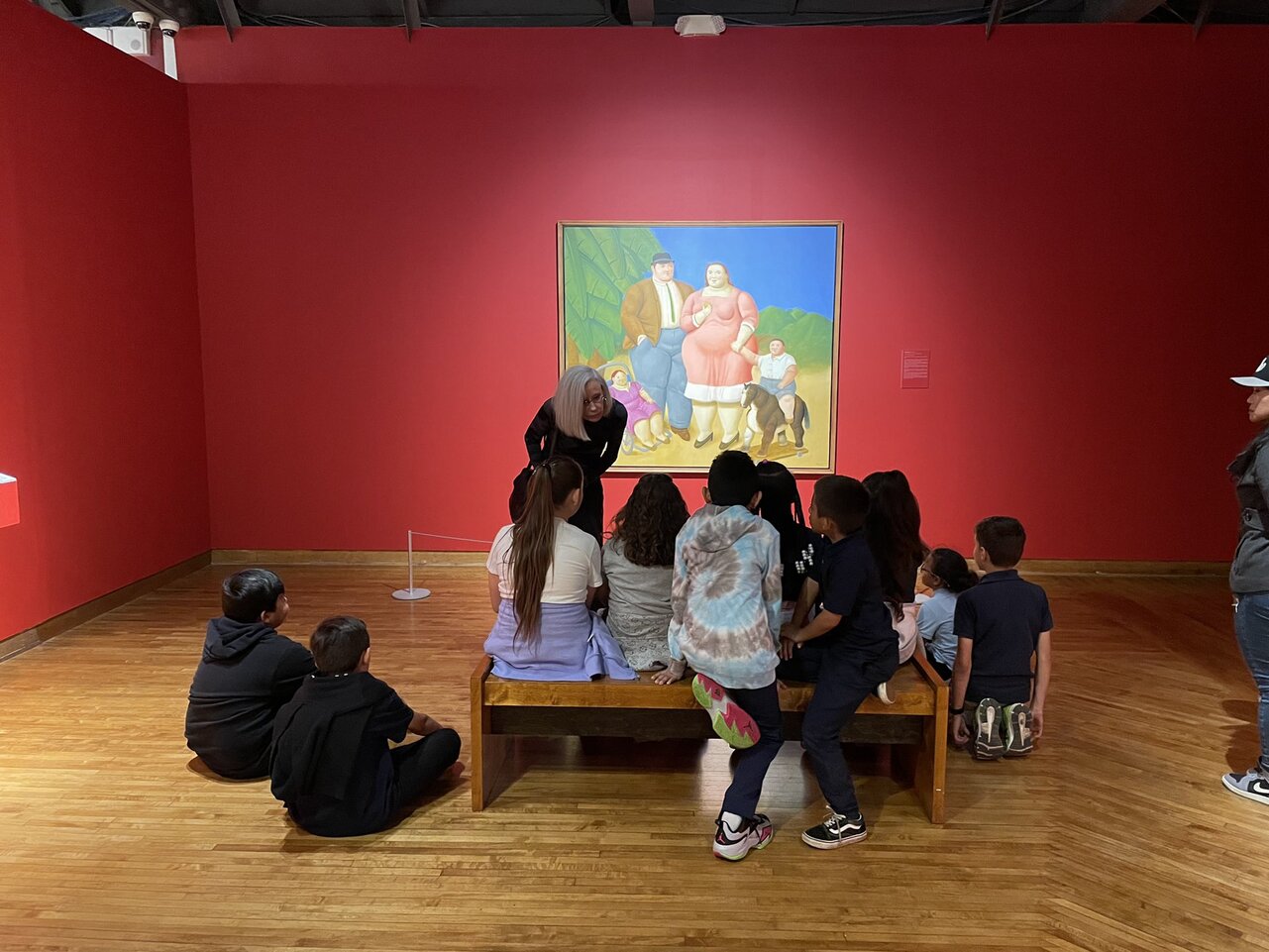
The Tulsa Race Massacre: Past and Present of an Historical Shame
99 years after the Tulsa Massacre we are still not learning from history or compensating the victims of the tragedy.
The past and the present have met this weekend in Tulsa on the 99th anniversary of one of the most shameful and bloodthirsty race killings in American history.
On June 1, 1921, some 300 African Americans in the booming Greenwood district were burned to death and their businesses burned down by a mob of white segregationists. The massacre went down in history as the Tulsa Black Wall Street Massacre, and last Sunday the city had a chance to restore history beyond the 1996 reparations attempt whose recommendations remain unimplemented today. These include scholarships for young African Americans and compensation for victims of the massacre and their families.
On Sunday, thousands of people gathered peacefully in the district that was once the site of a racist bloodbath to protest the continuing killings of black people.
Their demands were clear: They called for police to be responsible, greater investment in the mental health and well-being of the Black community, and justice for the victims of the legal and criminal system.
The march was supposed to go through John Hope Franklin Reconciliation Park and end up on the university campus, but because of the large number of people who came to the march and a police warning that groups of agitators intended to boycott the events were reported, they had no choice but to change the route.
The images show a truck threatening to run over the demonstrators, although only one injured person was hospitalized and two white men were involved, according to several sources, for the truck deviating from its route.
Beyond this chaos, the march, led by organizer Tykebrean Natrail Cheshier, was peaceful.
However, as night fell, the powder keg was unleashed. A group of protesters, distinct from the peaceful majority, confronted the police and a violent exchange took place, which also left several businesses in the Brookside district vandalized. What can we learn from this?
Time has flaps, they often fold up and we feel the past falling on us. In the early 1900s, Tulsa was a rare advert in the southern United States, like all of Oklahoma, because it had been freed from the traditional conflict between abolitionists and slaveowners and was even considered a "refuge state" for Indians, but the ideology of privilege still weighed too heavily in the 1920s.
The fuse was lit in the summer of that same year. There were riots across the country, a hunt for blacks joined by European migrants who accused African Americans of taking jobs. They called it Red Summer. Even in the neighboring state of Arkansas, more than 200 African-American farm workers were shot and demanded better wages.
By the time May 1921 arrived, the atmosphere was so tense that one incident blew the apparent peace in Tulsa.
CONTENIDO RELACIONADO
A 19-year-old black shoe shiner, Dick Rowland, was accused of assaulting another white teenager, Sarah Page, in an elevator at a shopping mall. The accusation was a silly one: Rowland accidentally stepped on the girl, but was accused of assaulting her.
Rumors spread to both sides. White people were given a "fantasy" version of what happened, and Black people were told that Rowland had been tortured in prison. Protesters from both sides of the street crowded into the courthouse and a brutal fight broke out, killing ten whites and two Blacks. The Tulsa Tribune published an editorial in which they pushed for the lynching of African-Americans. And they believed them.
On June 1, 1921, hundreds of Caucasians marched into Greenwood armed to the teeth. They drove mothers and children from their homes, murdered them and set fire to their businesses. There were rapes, shootings and even government bombings. Thirty-six streets were burned to the ground.
No one was charged for the killing. The bodies were buried in mass graves and the number of dead - 39 instead of 300 - was lied about. There were several attempts to rescue the tragedy and bring it to light twenty years later, and then in the 1970s and finally in 1996, when a commission was set up to investigate the riots.
Interestingly, the world now knows much more about the story thanks to the Watchmen series.
Now the question is whether, as in the series, anyone will take seriously the conclusions reached by that investigative committee, which has never been done, so that history is not only repaired but prevented from repeating itself.
"Our lives matter," recalled Cheshire, the leader of last Sunday's peaceful demonstration in Tulsa.











DEJE UN COMENTARIO:
¡Únete a la discusión! Deja un comentario.